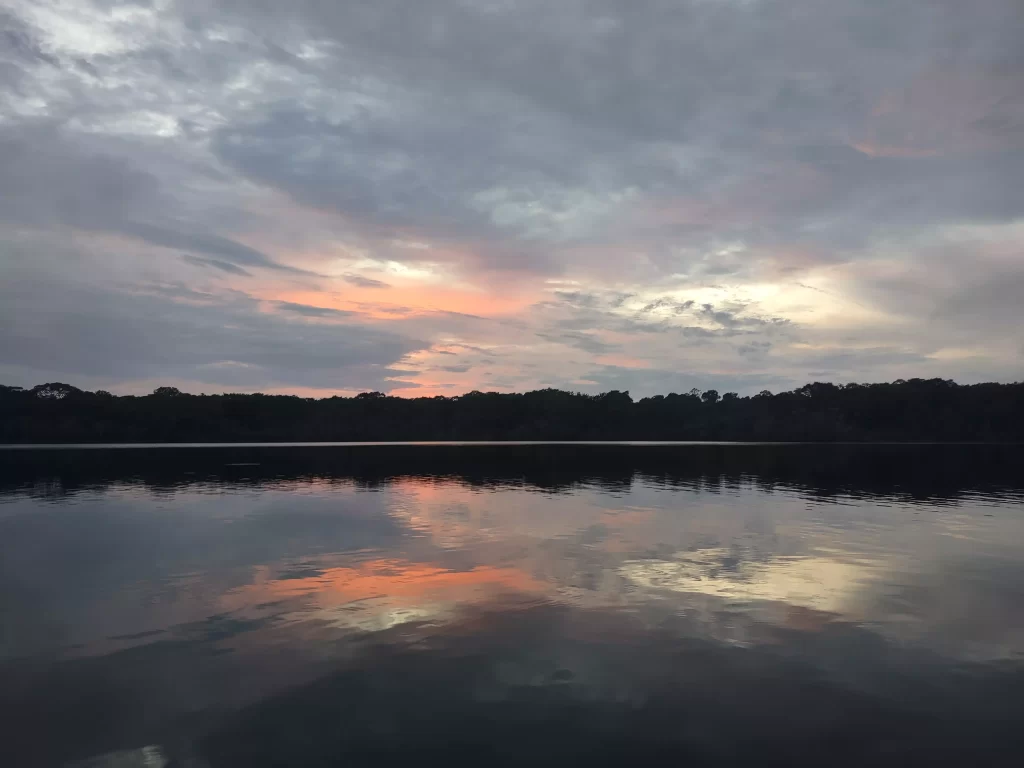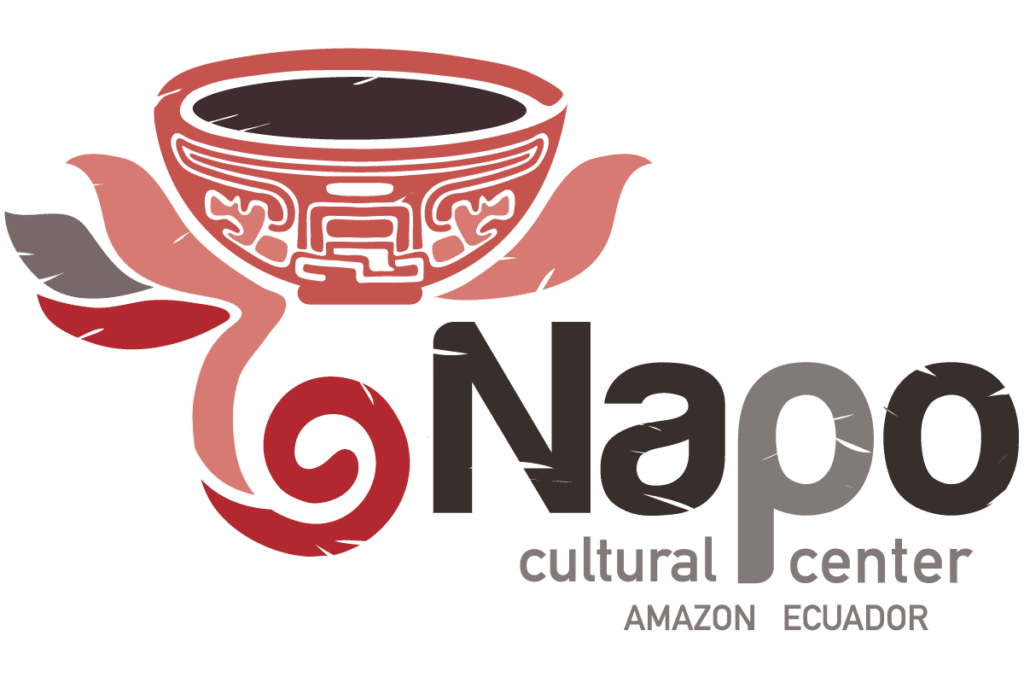July 31, 2024 Wildlife
The Amazon rainforest, with its vast network of winding rivers, is home to numerous oxbow lakes. These unique bodies of water provide essential habitats for a variety of wetland jungle species. At the Napo Cultural Center, visitors can explore these fascinating ecological niches and discover the rich biodiversity they support.

What is an Oxbow Lake?
An oxbow lake is a crescent-shaped lake formed when a meander of a river is cut off from the main flow. This process results in an independent body of still water, creating a distinct environment within the rainforest.
Important Definition: Meander
A meander is an extreme U-bend in the course of a stream, usually occurring in a series. This natural phenomenon plays a crucial role in the formation of oxbow lakes.
How Does an Oxbow Lake Form?
The formation of an oxbow lake is a naturally occurring process that unfolds over many years. Here’s how it happens:
- Sediment Deposition: Sediment accumulates on the slow-moving interior side of the river’s bend (the convex bank).
- Erosion: The faster-moving current on the outside of the bend (the concave bank) erodes the bank, widening the river.
- Narrowing Neck: Over time, the neck of the meander narrows due to ongoing deposition and erosion.
- Cut-Off: Eventually, the neck is completely cut off from the river when the river creates a shorter, more direct path, leaving behind a crescent-shaped lake independent of the river.
Since oxbow lakes are cut off from the river, they become stillwater bodies, meaning there is no inflow or outflow of water. This creates nutrient-rich conditions ideal for various forms of wildlife.
Wildlife in Oxbow Lakes
Oxbow lakes in the Amazon are teeming with life. While the specific species may vary, common inhabitants include:
Giant River Otters
These playful and social mammals are often seen in oxbow lakes. They feed on fish and are a highlight for many visitors due to their charismatic behavior.
Fish
A variety of fish species inhabit oxbow lakes, providing a vital food source for otters and birds. The nutrient-rich environment supports a diverse aquatic ecosystem.
Birds
Numerous bird species visit oxbow lakes, attracted by the abundance of fish and insects. Birdwatchers can enjoy spotting a wide array of avian life, from herons to kingfishers.
Why is it Called an Oxbow Lake?
The term “oxbow” comes from the lake’s resemblance to an oxbow, the U-shaped piece of metal fixed to a yoke around an ox’s neck, used for plowing.
Exploring Oxbow Lakes at Napo Cultural Center
The Napo Cultural Center offers guided tours that allow visitors to explore the oxbow lakes and observe the rich biodiversity they support. Here are some activities you can enjoy:
1. Canoe Excursions
Navigate the serene waters of oxbow lakes by canoe. These excursions offer a peaceful way to observe wildlife up close, from giant river otters to a variety of bird species.
2. Wildlife Watching
Guided wildlife watching tours provide insights into the unique ecosystems of oxbow lakes. Expert guides will help you spot and identify the diverse species that inhabit these stillwater environments.
3. Birdwatching
Oxbow lakes are a haven for birdwatchers. The nutrient-rich waters attract numerous bird species, making it an ideal spot for observing and photographing avian life.
4. Ecological Education
Learn about the ecological significance of oxbow lakes and the processes that lead to their formation. Educational tours provide a deeper understanding of these unique habitats and their role in the Amazon rainforest.
Conclusion
Oxbow lakes are fascinating features of the Amazon rainforest, providing crucial habitats for a variety of species. At the Napo Cultural Center, visitors can explore these unique bodies of water and experience the rich biodiversity they support. Whether canoeing through the tranquil waters, observing wildlife, or engaging in birdwatching, the oxbow lakes offer a memorable and educational adventure.




